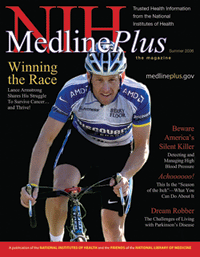Google has added a new tool in its quest to convince people that scanning millions of books in university libraries is beneficial and perfectly legal. The company started a blog devoted to the
Google Book Search project.
One of the latest entries highlights the
complete works of Shakespeare, all of which can be read in their entirety through Google. “The modern-day printing press brought his plays to people all around the world, unleashing countless performances and sparking astonishing creativity,” the blog item reads. “This summer we’re working to make Shakespeare even more accessible with our website.”
On a “
News & Views” page of the blog, Google addresses lawsuits that have been filed seeking to stop it from scanning copyrighted library books. “So why has such a universally useful tool become so controversial? Because some in the publishing community question whether any third party should be able to copy and index copyrighted works so that users can search through them, even if all a user sees is the bibliographic information and a few snippets of text, and even if the result is to make those books widely discoverable online and help the authors and publishers sell more of them.”
As far as we know, the publishing groups opposing Google have not set up similar blogs making their case. A Google search (what else?) does pull up a press release by the Association of American Publishers on the issue:
“While authors and publishers know how useful Google’s search engine can be and think the Print Library could be an excellent resource, the bottom line is that under its current plan Google is seeking to make millions of dollars by freeloading on the talent and property of authors and publishers.” (http://chronicle.com/wiredcampus/index.php?id=1345)




